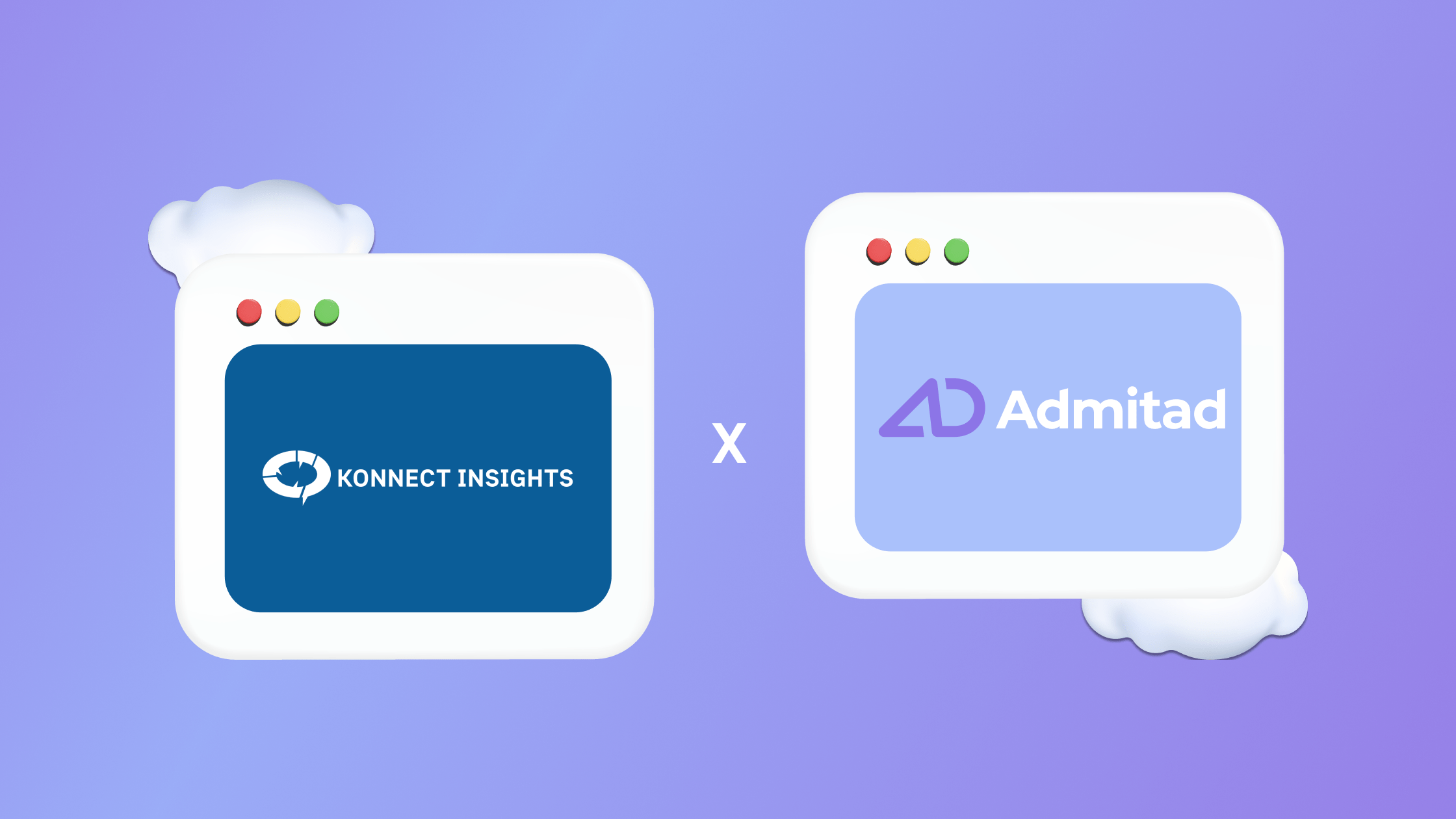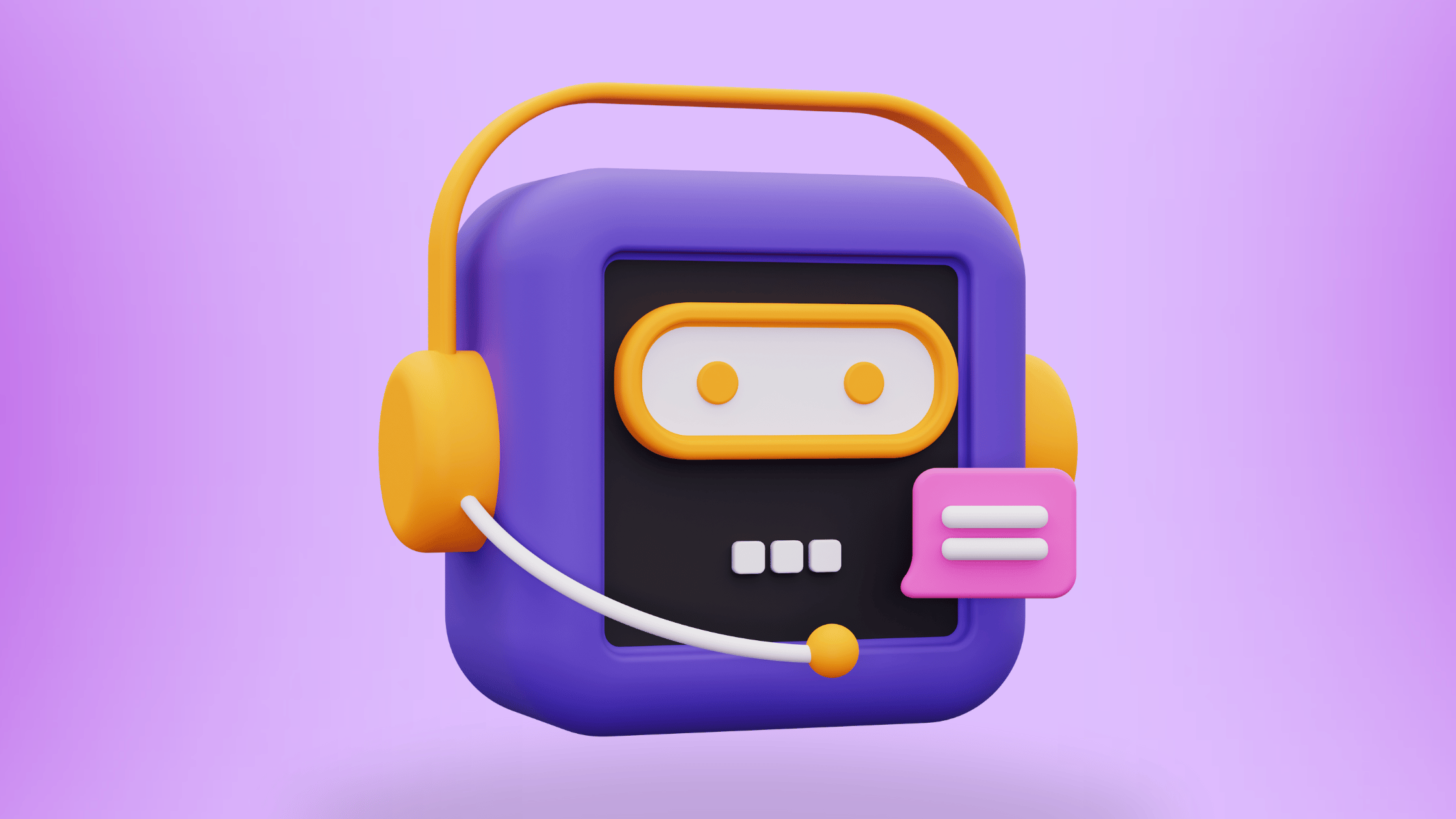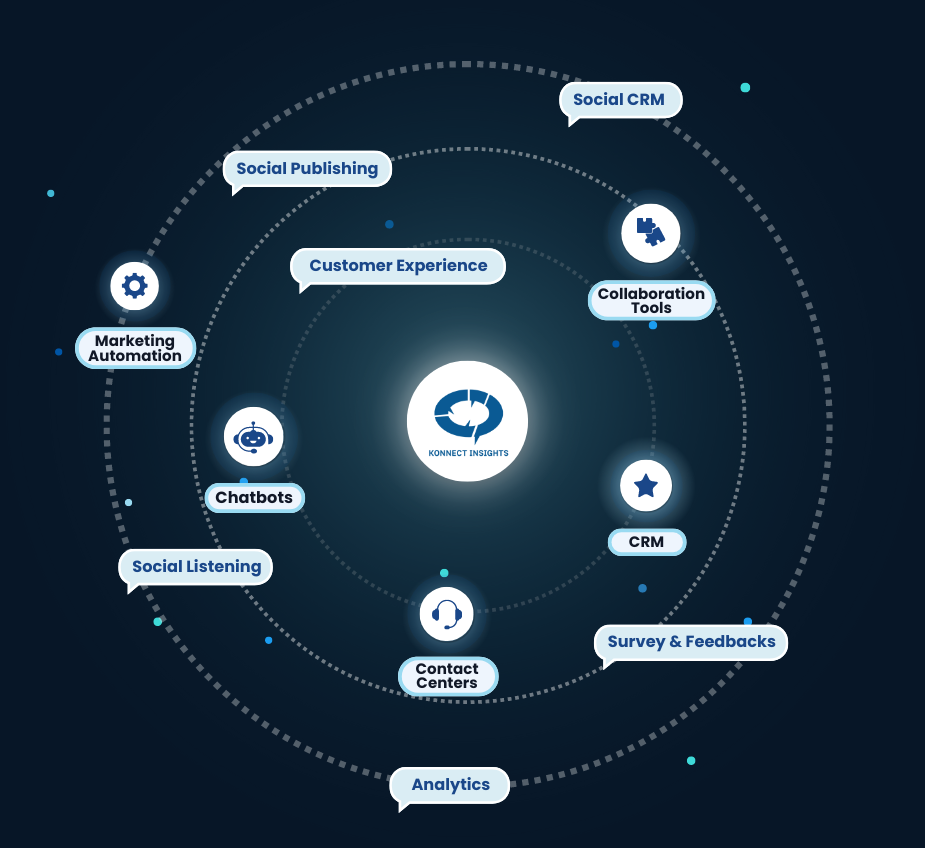In today’s competitive business landscape, delivering exceptional customer service and creating a remarkable customer experience are crucial for success. While these two terms are often used interchangeably, they are distinct concepts that play different roles in satisfying customers and driving business growth.
Customer service refers to the direct interaction between a customer and a company representative to address their needs, inquiries, or concerns. On the other hand, customer experience encompasses the overall impression and perception that customers have of a brand throughout their entire journey.
Understanding the key differences between customer service and customer experience can help organizations tailor their customer service as well as customer experience strategies to meet the evolving expectations of their customers.

What is customer experience?
Customer experience (CX) encompasses every interaction that a customer has with a brand, from initial awareness to post-purchase support. It is a holistic approach that considers all touchpoints across various channels, such as websites, social media platforms, physical stores, and customer service interactions.
A good customer experience goes beyond providing satisfactory products or services; it aims to create emotional connections and positive perceptions of the brand. According to research by SuperOffice, customers who rate a brand highly for its customer experience are more likely to spend 140% more and remain loyal for up to six years.
To deliver exceptional customer experiences, organizations need to align their processes, technology, and people around creating value for the customers. This involves understanding customer preferences and expectations at each stage of their journey and personalizing interactions to meet those needs.
What is customer service?
Customer service refers to the specific interactions between a customer and a company representative to address their queries, issues, or requests. It is the frontline of support that customers rely on when they have questions about a product, encounter difficulties with a service, or require assistance.
Traditional customer service channels include telephone helplines, email support, and in-person interactions. However, with the rise of digital technologies, customers now expect seamless omnichannel support across multiple touchpoints. This includes live chat functions on websites, social media customer service, and self-service options such as FAQs or knowledge bases.
To deliver exceptional customer service, organizations need to invest in training their employees to be knowledgeable about products/services and equipped with the necessary soft skills to handle various customer interactions. Additionally, leveraging technology solutions such as chatbots or AI-powered virtual assistants can help streamline customer service operations and provide faster response times.
Key differences between customer service & customer experience
While both customer service and customer experience are essential for business success, there are key differences between these two concepts:
Holistic experience vs specific interaction
Customer service focuses on individual interactions between a customer and a company representative to resolve specific issues or inquiries. It is more transactional in nature, addressing immediate needs at a particular moment in time.
On the other hand, customer experience takes a more holistic approach by considering the entire journey that customers go through—from initial awareness to post-purchase support. It encompasses all touchpoints across various channels and aims to create positive emotions and long-lasting impressions.
Reactive vs proactive
Customer service is typically reactive—responding to customer inquiries or complaints after they have occurred. It focuses on resolving issues rather than preventing them from happening in the first place.
In contrast, customer experience takes a proactive approach by anticipating customer needs and designing the journey accordingly. By understanding customer pain points and preferences, businesses can tailor their offerings, communications, and support to meet those expectations.
Ongoing relationship vs isolated event
Customer service often deals with isolated events and interactions—for example, assisting with a purchase, handling a return request, or addressing a technical issue. These interactions have a limited scope and are focused on immediate problem resolution.
In contrast, customer experience encompasses every touchpoint throughout the entire customer journey. It emphasizes building long-term relationships with customers by consistently providing positive experiences at every stage—from initial interaction to post-purchase support.
Level of control
Customer service is largely within the control of the business. Organizations can define processes, train employees, and implement systems to ensure consistent service delivery across various channels.
On the other hand, customer experience is influenced by external factors such as user-generated content, social media conversations, online reviews, or word-of-mouth recommendations. While businesses can strive to create positive experiences through their own efforts, they also need to actively monitor and manage their brand’s reputation in the digital space.
Metrics
Customer service is often measured using metrics such as average response time, first call resolution rate, or customer satisfaction scores for specific interactions. These metrics provide insights into the efficiency and effectiveness of support operations.
In contrast, measuring customer experience requires a broader set of metrics that capture the overall impression and perception of the brand. Metrics such as NPS, CES, or CSAT provide a more holistic view of how customers perceive their interactions with the brand across multiple touchpoints.
Ownership
Customer service is typically owned by the customer support or service department within an organization. These teams are responsible for handling customer inquiries and ensuring timely resolutions.
On the other hand, customer experience requires a collaborative effort across various departments and functions within an organization. It involves aligning marketing, sales, operations, product development, and customer support teams to deliver consistent experiences throughout the entire journey.
Customer service vs. customer experience: Which matters more?
Both customer service and customer experience play crucial roles in satisfying customers and driving business growth. While exceptional customer service can help resolve immediate issues or inquiries effectively, it is only one piece of the puzzle.
Customer experience encompasses the entire journey that customers go through—from initial awareness to post-purchase support—and has a lasting impact on their perceptions of the brand. A study by PwC found that 73% of consumers consider experience a crucial factor in their purchasing decisions.
To succeed in today’s competitive landscape, organizations need to prioritize both customer service and customer experience. By delivering exceptional service at each touchpoint and creating memorable experiences throughout the journey, businesses can differentiate themselves from competitors and build long-term loyalty among customers.
How to succeed at service & experience

Delivering exceptional customer service and creating remarkable customer experiences require a strategic approach. Here are some key strategies that businesses can employ to succeed:
1. Understand your customers
Invest in market research, customer surveys, and data analytics to gain insights into customer preferences, pain points, and expectations. Use this information to tailor your offerings, communications, and support to meet their needs.
2. Personalize interactions
Leverage technology solutions such as CRM systems or marketing automation tools to deliver personalized messages and offers based on individual customer profiles and behaviors. This helps create a sense of relevance and enhances the overall experience.
3. Streamline support operations
Invest in training your employees to be knowledgeable about products/services and equipped with the necessary soft skills to handle various customer interactions. Additionally, leverage technology solutions such as chatbots or AI-powered virtual assistants to provide faster response times and self-service options.
Conclusion
While customer service and customer experience are distinct concepts, they are both crucial for business success. Customer service focuses on individual interactions between a customer and a company representative to address specific needs, while customer experience encompasses the overall impression that customers have of a brand throughout their entire journey.
By understanding the key differences between customer service and customer experience, organizations can tailor their strategies to meet the evolving expectations of their customers. By prioritizing both aspects of the customer journey, businesses can create lasting relationships with their customers, increase loyalty, and gain a competitive edge in the market.






























